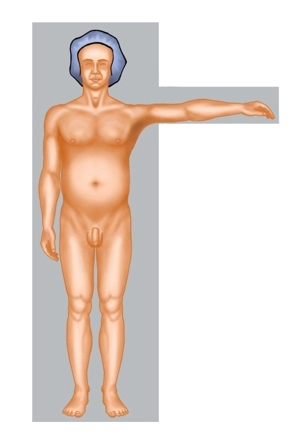Adrenal tumors may be primary or secondary. Primary adrenal tumors are rarely malignant, although tumor size and probability of malignancy do correlate in cortical tumors.
At present, endoscopic adrenalectomy is the procedure of choice.
Compared with the retroperitoneal endoscopic approach, laparoscopy offers the benefit of a more familiar anatomy.
- Laparoscopic surgery is indicated in all hormone producing tumors < 6cm.
- In non-hormone producing tumors between 3cm and 6cm in size, particularly in young patients, the indication for laparoscopic surgery is relative. The alternative is close follow-up every three months.
- Due to the risk of malignancy in hormone producing tumors > 6cm, open surgery is recommended.
- In the absence of other metastasis and whenever resection would result in freedom of tumor, adrenal metastases should be resected.


